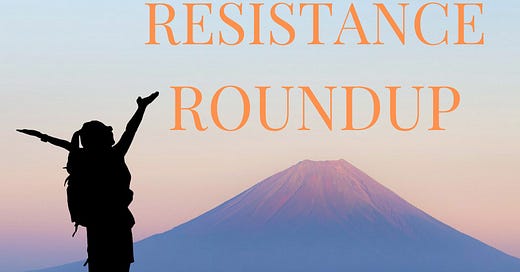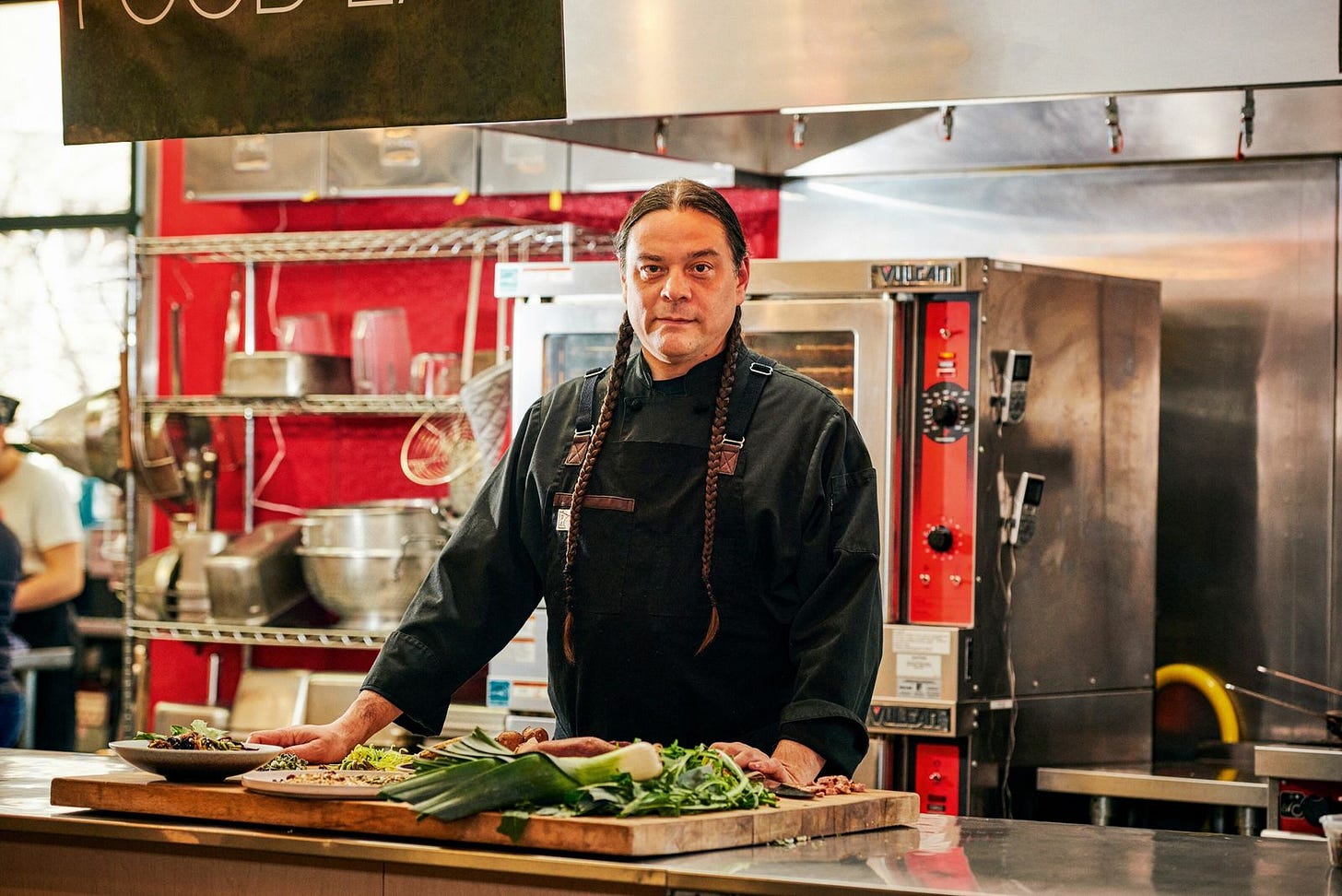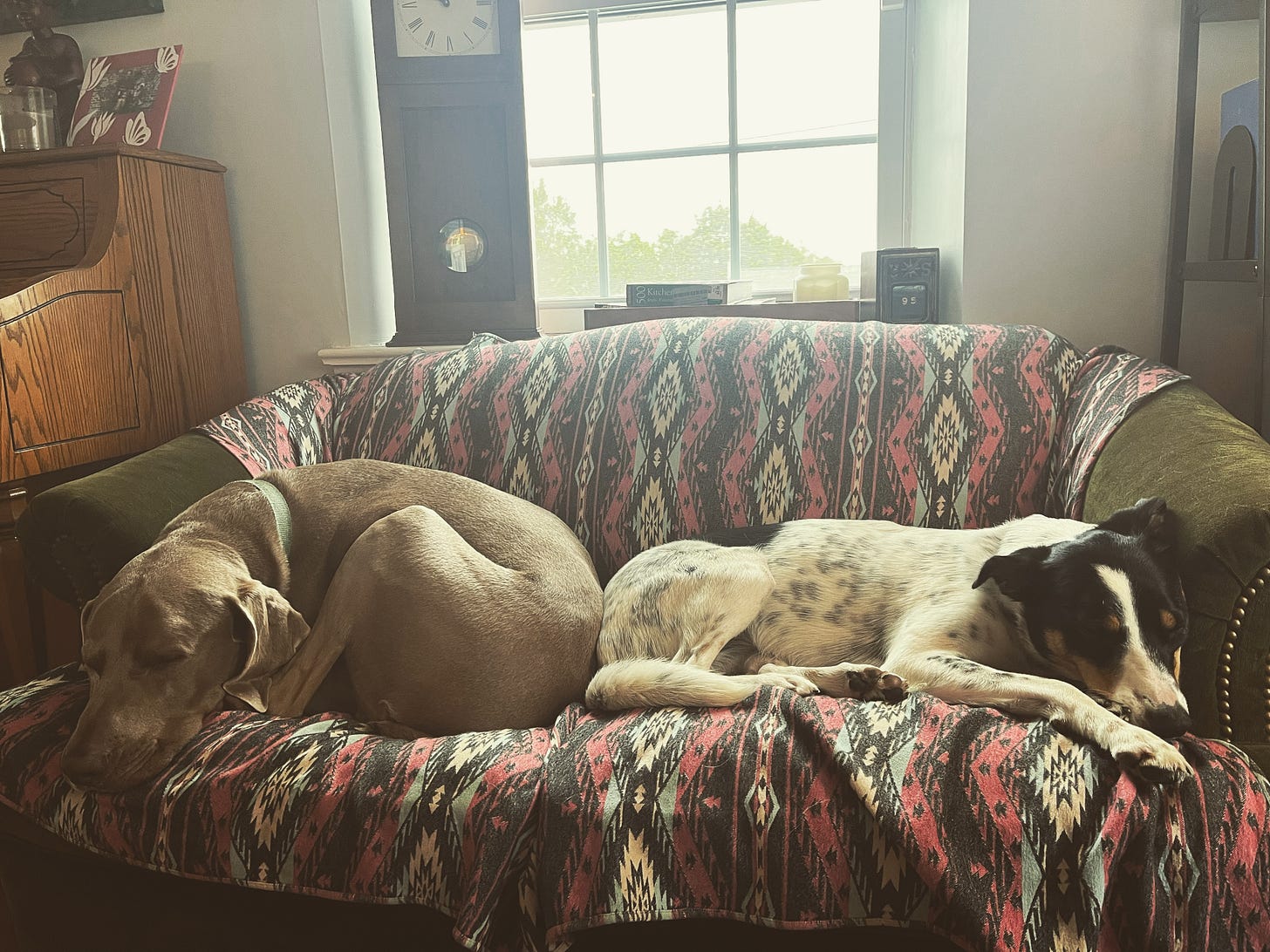Friends,
This week’s Resistance Roundup is made up of three stories of resistance from Indian Country.
First, The Supreme Court rejected the Navajo Nation’s water rights trust claim. I often get asked how to keep up with what’s happening with Indigenous peoples across Turtle Island and I always recommend they follow Indigenous organizations and news sources, including NDN Collective, Indigenous Environmental Network and Indian Country Today.
This week’s story about Navajo Nation water rights comes from Indian Country Today news, and is an important story about water rights, climate change and sovereignty. LakotaLaw posted on social media sharing that “roughly 1/3 of the 175,000 residents on the Navajo Nation reservation do not have access to clean/reliable drinking water.”
Water rights matter. Indigenous peoples and Indigenous sovereignty matters, and it matters that, after years of genocide and ongoing colonization, the government pays attention to treaties and the ways Indigenous communities have been treated throughout the years.
According to the piece:
The U.S. Supreme Court said the United States is not required “to take affirmative steps to secure water for the Tribe” because that provision is not explicitly stated in the Navajo Treaty of 1868, according to its ruling in a 5-4 vote in Arizona v. Navajo Nation, released Thursday…The tribe cannot proceed with a claim against the Department of the Interior to “develop a plan to meet the Navajo Nation’s water needs and manage the main stream of the Colorado River in the Lower Basin.”
You can read the entire piece here.
Next, a recent song by Indigenous rapper and singer Supaman called Alright. The video is full of throwbacks to different eras including break dancing and Back to the Future. Enjoy!
Lastly, I want to share with you a huge win in the culinary world for Indigenous folks! Oglala-Lakota chef Sean Sherman, co-founder of North American Traditional Indigenous Food Systems (NATIFS) is the first Native American to receive the Julia Child Award.
From the Julia Child webpage:
Driven by a desire to reconnect with his ancestral roots, Sherman embarked on a transformative quest, delving into the culinary practices of his direct ancestors. Inspired by the enduring traditions he observed among Indigenous communities in Mexico—utilizing clay grills, practicing corn cultivation and sourcing ingredients from the surrounding environment—Sherman was compelled to reclaim not only the cooking methods of his own forebears but also the vanishing wisdom of marginalized Indigenous populations across North America and around the world.
Through his extensive engagement with tribal communities, academic institutions, culinary leaders and thought pioneers, Sherman has cultivated extensive connections, both locally and globally. He has encountered varying levels of Indigenous food knowledge, highlighting the need for widespread change throughout the United States. Utilizing speaking engagements, community dinners, culinary classes, social media, his non-profit organization NATIFS, and the Indigenous Food Lab, Sherman works to directly influence and empower these communities.
Check out more of Sean’s work and NATIVS here.
And while you’re at it, order his cookbook, Sioux Chef’s Indigenous Kitchen, and try some delicious Indigenous recipes!
Now, for a picture of my dogs on this rainy Friday:
I’ll send you off with an excerpt from Living Resistance
About two years into therapy, I realized that I love reading and thinking about how to manage my anxiety or my journey with grief. But I also realized that I tend to take in the information only as far as it seeps into my brain. I often do not, in any real way, embody the grief or the practices that I need to experience realchange. Embodiment is difficult for those of us who grew up in spiritual traditions that made us deeply aware of our bodies and at the same time ashamed of them. The evangelical purity move- ment that I lived through in my teenage years profoundly shaped the way I understood my body and, coupled with other layers of trauma that I carried, led to what I can only describe as a linger- ing and growing distance from myself, near total disembodiment.
In my late twenties I began to notice pain in my body, and I soon realized that it was associated with trauma responses from when I was young. Why does my stomach or lower back hurt in a certain way when I’m thinking about this experience? Why do I get headaches or mentally freeze up in certain situations? I was begin- ning to understand that my body is a beautiful, vast system of communication that I need to pay attention to.
I am still on a journey of embodiment. As an Indigenous woman, overcoming the misogyny and colonization of the purity movement is resistance in every way. Many of us will be forever learning to ask our bodies questions in order to listen better. Sometimes it begins with deep breaths, exercise, or screaming when we need to scream. Sometimes it happens through dance or poetry or other forms of art. Embodiment is taking what we didn’t understand or regaining what was lost so that we can learn to be present to our own stories again. And that is exactly what the world needs—more embodied people helping one another practice embodiment.







Such important message about embodiment. As a woman with a trauma history this has been and continues to be challenging for me. I come at it best through creativity so glad you mentioned art and music.